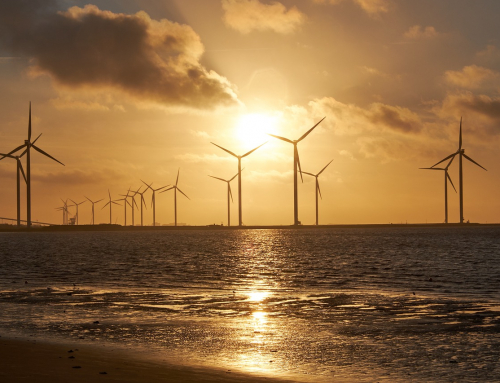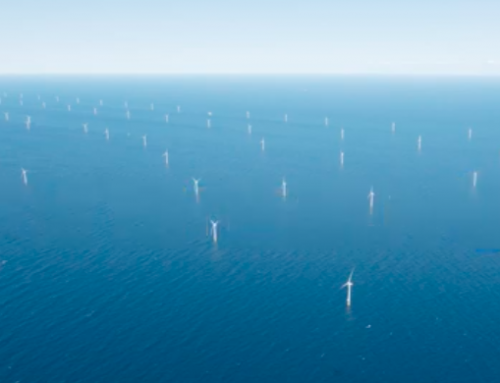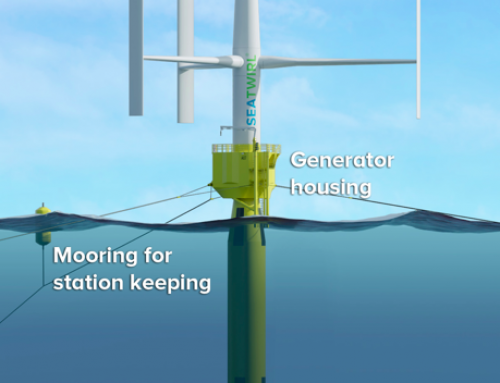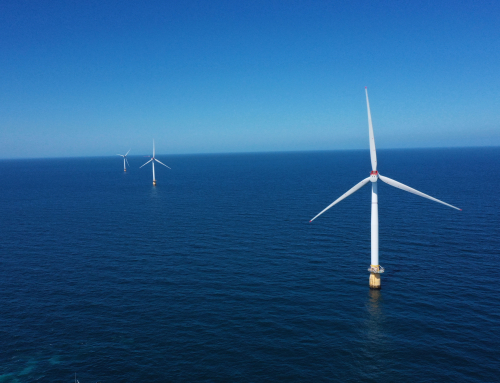Recently, the Global Wind Energy Council (GWEC) released their annual market statistics for 2017. They make interesting reading for they cover a period when kilowatt/hour prices for electricity generated by both on-shore and off-shore wind came down sharply.
During 2017, total world-wide installed electricity generating capacity rose by some 52,573 MW to give a global cumulative figure of 539, 581 MW. Nearly 40 per cent of the increase was due to China (19,500MW) but there were also sizeable contributions from the USA (7,017) Germany (6,581) and the UK (4,270). It is perhaps of interest to note that the overall capacity increase figure for 2017 (52,573) is slightly less than the 2016 figure of 54,642 and substantially less than the “stellar” year of 2015 when 63,633 MW of capacity was added.
Some might try to set these figures in some sort of static perspective, but Wind enthusiasts will rather emphasise the direction and magnitude of the trend being revealed. What matters is the speed of the transition to a commercial fossil-free power sector as wind becomes the most competitively priced technology.
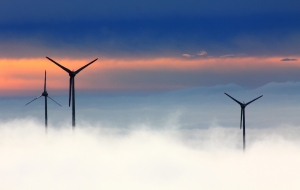
In terms of total installed capacity China now has an impressive 188,232 MW of wind power, moving further ahead of the US (89,077), Germany (56,132) and India, whose increase of 4,148 resulted in an overall figure of 32,848 MW. It is worth noting that India’s cumulative figure for installed capacity, though less than a fifth of China’s, is considerably greater than Spain (23,170) and the UK (18,872). India has ambitious plans for the renewables sector as a whole, including a target of 60 GW of wind power by 2020, yet GWEC suggests that India’s very strong results in 2017 will not be repeated in 2018, when India is predicted to be the “victim” of a policy gap.
The GWEC figures also remind us that the UK remains the world leader in the niche off-shore wind market, adding a further 1,680 to a cumulative total of 6,836MW. This compares favourably with an increase of 1,247 in Germany (total of 5,355). China is still in third place with an increase of 1,161 (total of 2,788). But what is interesting is that the new capacity installed in 2017 in China is nearly 40 per cent of the figure for total offshore capacity. This does suggest that the off-shore element is beginning to figure in China’s overall wind energy/renewables plans.
The situation in Latin America is somewhat patchy. Brazil added 2,022 MW to bring total installed capacity to a very respectable 12,763 MW and in percentage terms Uruguay is top of the class, but few details have emerged of other significant installations in 2017. The hope is that 2018 will show some improvement. But the impression that, on a world-wide basis, take-up in the wind sector is still somewhat uneven is reinforced by the picture that emerges in some other areas. There was apparently lots of activity in the Middle East and Africa, but the only country to actually add capacity to the grid was South Africa (621 MW) Similarly, Australia (245 MW) was the only Pacific country to trouble the Scorer.

